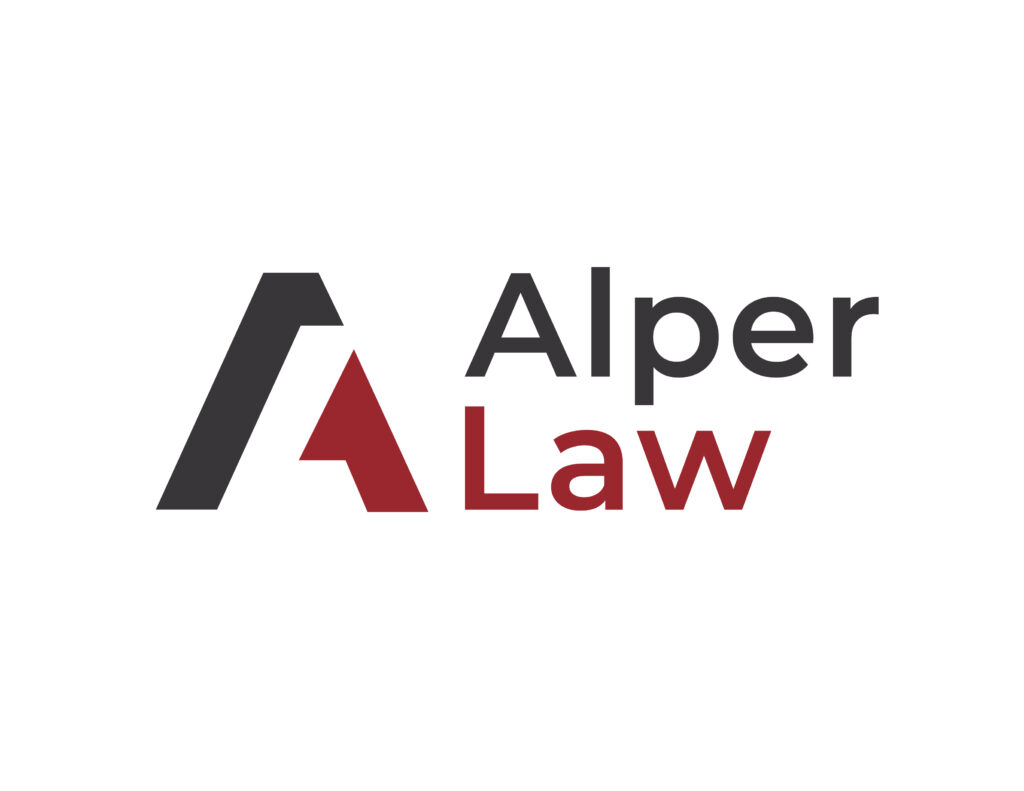As organizations grow, managing digital assets can quickly get out of control. Files become harder to find, workflows slow down, and collaboration suffers. For many, this growing complexity signals a need for scalability. But what does “scale” really mean? Most people associate it with a bigger infrastructure or repository capacity. At Orange Logic, scalability means something far more dynamic.
True scalability in digital asset management (DAM) is about growing and adapting alongside a company’s evolving needs. It’s not just about size. It’s about efficiently managing the increasing volumes and complexity of assets, expanding user bases, workflows, and diverse integrations.
This article on performance, storage, and composability is the first installment of a four-part series examining the critical role of scalability in DAM systems. The series will also cover:
- DAM Adoption: How scalability drives user adoption and engagement.
- Enterprise Efficiency: Scaling search, metadata, and workflows to improve productivity.
- Integration and Delivery: Leveraging APIs and distribution for a connected ecosystem.
What Does It Mean for a DAM to Scale?
Scalability is more than a marketing buzzword—it’s a tangible measure of a system’s ability to adapt and expand to meet an organization’s evolving needs without sacrificing performance.
Scalability can be measured across three critical areas:
- Size. Modern digital assets are increasingly complex, including high-resolution images, 4K/8K videos, and CAD files. A scalable DAM manages these large files seamlessly, avoiding performance bottlenecks.
- Volume. As organizations grow, so do their asset libraries. A scalable DAM maintains peak performance and responsiveness, even under heavy usage.
- Velocity. Productivity depends on the speed of essential operations, such as searches, uploads, downloads, transformations, and workflows. A scalable DAM ensures these tasks are completed quickly and efficiently.
For example, Pearson, the world’s largest learning company, uses Orange Logic’s modern, scalable DAM to store over 900TB of assets. The system also handles 40,000 API calls per minute, showcasing its ability to manage both high volume and velocity demands. All that means Pearson can continue delivering content to its growing and evolving community without interruption.
Why Scalability Matters in DAM
Scalability in digital asset management platforms gives organizations the performance, flexibility, and resource efficiency to meet the dynamic demands of modern enterprises. Without it, businesses risk workflow disruptions and, ultimately, financial losses.
Modern enterprises are dealing with increasingly large repositories of high-resolution images, videos, and design files. Teams, often geographically split between home and office or even different cities, rely on instant access to these shared assets to collaborate effectively and meet deadlines.
Each team also has unique workflow automation, uploads, and permissions management needs, requiring systems that can integrate with existing tools and adapt to their specific processes. During high-demand periods—such as simultaneous uploads and downloads for a major campaign launch—traditional DAM systems can struggle, resulting in slowdowns, downtime, or missed deadlines.
How Scalable DAMs Meet the Demands of Modern Enterprises
Scalable DAMs enable organizations to:
- Maintain performance. Scalable DAM systems allocate resources intelligently to handle large-scale workflows and asset ingests. They ensure consistent performance, even under heavy load, such as during simultaneous uploads after large photoshoots or campaign launches.
- Unify workflows. Truly scalable DAMs unify workflows into a single system that accommodates the diverse needs of different departments. Teams can easily collaborate and stay aligned, even where workflows are highly complex.
- Enhance global collaboration. A global marketing team in the US can provide creative assets to a local marketing team in Brazil, allowing them to adapt the materials to regional preferences while maintaining brand consistency.
- Improve efficiency. Automating repetitive tasks like metadata tagging and file conversions boosts overall productivity, freeing up teams to focus on strategic and creative work.
- Drive innovation. Scalable DAMs make it easy for organizations to adopt new technologies like AI, analytics, and blockchain. These tools improve asset management and enhance security, helping businesses to stay competitive.
3 Key Enterprise Considerations for Scaling DAM
When choosing a DAM solution, organizations must evaluate how well it supports scalability in three critical areas: performance, storage, and composability.
1. Performance
A DAM system needs enough computing power to handle busy periods, like large uploads or many users accessing files at once, without any slowdown or interruptions.
A scalable DAM is built to handle high-volume operations, such as large-scale uploads, downloads, and complex workflows. It optimizes computing resources dynamically to ensure uninterrupted performance, even during peak periods, like when your partner network downloads the latest campaign and product assets. It delivers fast and reliable search and retrieval capabilities, enabling teams to access what they need quickly, even as asset libraries grow exponentially.
2. Storage
Storage is about a DAM’s ability to efficiently manage the vast amounts of content an organization needs without the risk of inflating costs.
Ideally, your DAM will use tiered storage solutions to achieve this balance, categorizing assets into tiers such as “hot” storage for frequently accessed files, “cold” storage for less active assets, and “deep archive” for long-term preservation. The system automatically places assets in the most suitable tier based on usage patterns, compliance requirements, and business needs.
To meet the demands of a global audience, a scalable DAM will offer regionalized storage capabilities so content can be served quickly and efficiently while ensuring compliance with local data regulations. It also expands storage seamlessly as the company grows without needing expensive hardware upgrades or major infrastructure changes.
3. Composability
Composability means using a modular approach to scalability. Instead of scaling the entire system at once, individual components of the DAM system can grow or adapt as needed to meet specific performance demands.
For example, AI tagging might require more resources during large-scale asset uploads, while API integrations may need to handle spikes in traffic during campaign launches. The flexibility ensures that each module performs optimally without affecting the others. A DAM fit for purpose maintains high performance across all modules, so users have a consistent experience no matter how heavily individual components are used.
The DAM should also integrate seamlessly with existing tech stacks and workflows so it fits into your organization’s broader digital ecosystem. This maintains flexibility and helps future-proof the system as technologies and business needs evolve.
How to Choose a Scalable Enterprise DAM Solution
The word “enterprise” is often synonymous with “complex” and “expensive.” But in reality, enterprise is simply a term used to describe solutions designed for organization-wide use. The right enterprise DAM solution enables collaboration across teams, streamlines workflows, and supports varied requirements without sacrificing performance or usability.
When choosing a scalable enterprise DAM solution, consider the following features:
- Elasticity. The DAM can scale resources dynamically based on workload demands, ensuring consistent performance during peak usage.
- Security and compliance. Robust measures such as encryption, access controls, and digital rights management ensure compliance with industry standards like GDPR or HIPAA to safeguard sensitive assets and maintain data integrity.
- Support and maintenance. Dependable vendor support and regular updates to address evolving technology trends and organizational needs.
If you’re concerned about a system’s scalability, test the system with large uploads and transcoding processes on large file types.
Scalability is the Foundation of Innovation
A scalable DAM goes beyond supporting current needs—it enables organizations to innovate. By integrating emerging technologies, a scalable DAM means businesses can adapt to use new tools. Plus, by removing the technical limitations that slow down operations, a scalable enterprise DAM creates an environment where organizations can focus on innovation: developing new ideas, refining strategies, and responding to industry shifts with agility.
To choose the right DAM system for your organization, it’s important to understand what makes a system truly scalable and the impact scalability has. In this article, we’ve explored how performance, storage, and composability must be combined to enable true scalability. The second post in our scale series will focus on how scalability drives DAM adoption and user engagement.
Many vendors claim to offer scalable solutions, but Orange Logic has the history to prove it. With 99.6% customer retention and every customer from 24 years ago still using the platform today, Orange Logic continues to evolve to meet the needs of global brands, tech leaders, and financial services firms.
Learn more about how Orange Logic’s scalable DAM can support your organization. Contact our sales team.
Publisher: Source link











